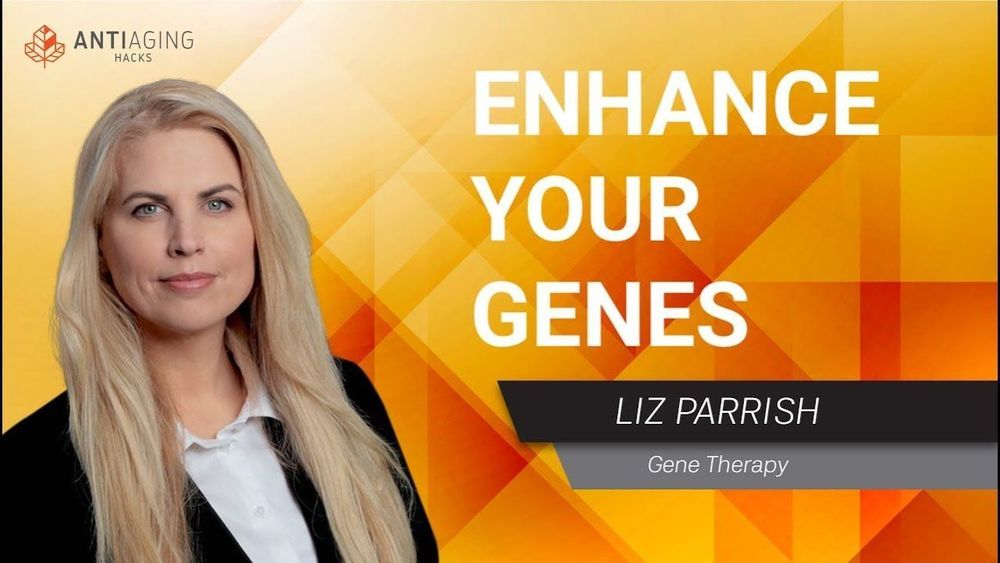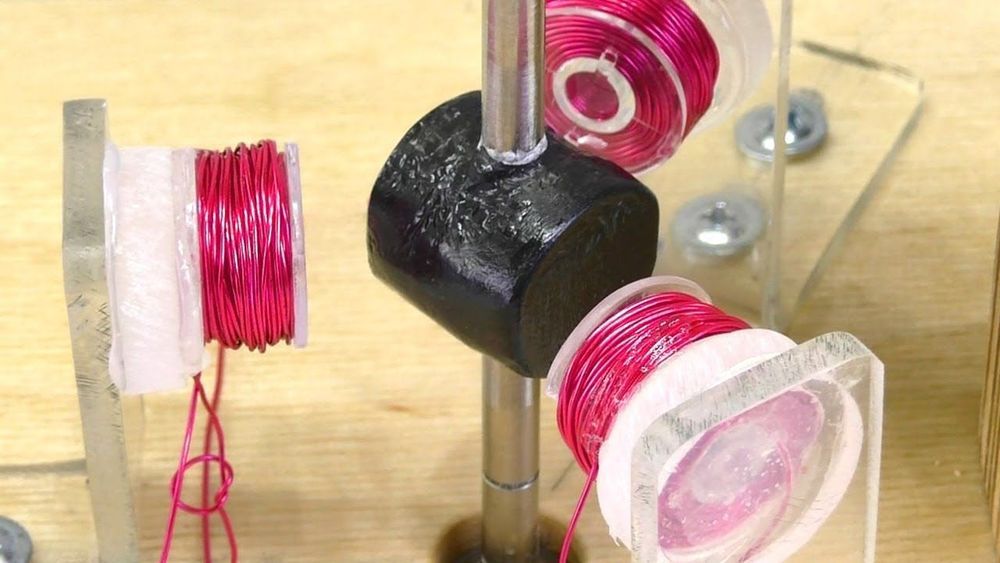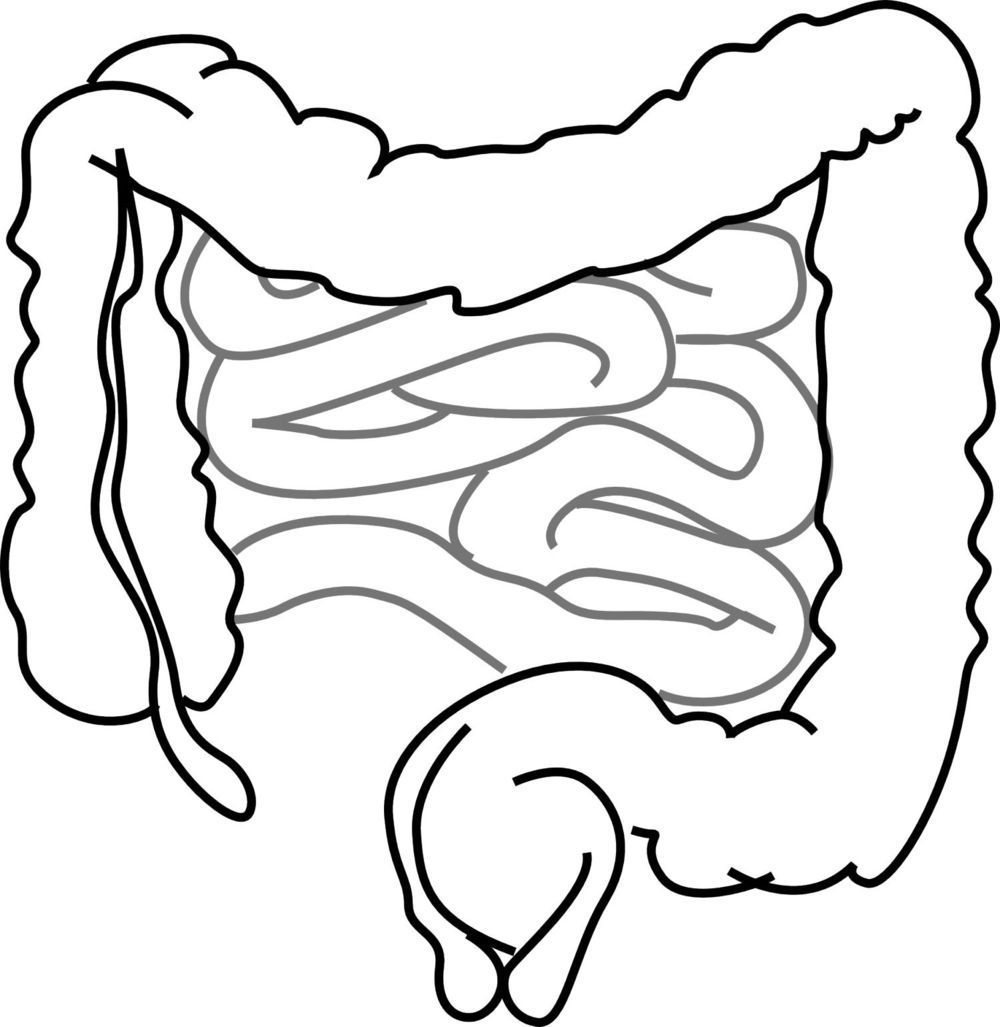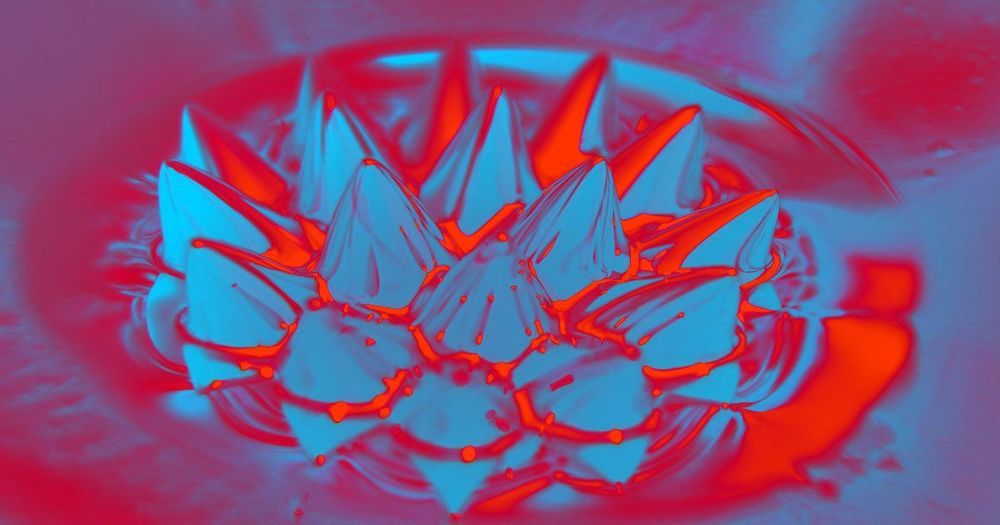Page 7366
Nov 12, 2019
Artificial wombs may soon become the future — but what are the risks?
Posted by Shane Hinshaw in categories: biotech/medical, entertainment
The idea of growing babies outside the body has inspired novels and movies for decades.
Now, research groups around the world are exploring the possibility of artificial gestation. For instance, one group successfully grew a lamb in an artificial womb for four weeks. Australian researchers have also experimented with artificial gestation for lambs and sharks.
And in recent weeks, researchers in The Netherlands have received €2.9 million to develop a prototype for gestating premature babies.
Nov 12, 2019
Radioactive ‘Tomb’ in Pacific Filled With Nuclear Waste Is Starting to Crack
Posted by Quinn Sena in categories: materials, military
In the Marshall Islands, locals have a nickname for the Runit Dome nuclear-waste site: They call it ‘The Tomb’.
The sealed pit contains more than 3.1 million cubic feet (87,800 cubic meters) of radioactive waste, which workers buried there as part of efforts to clean hazardous debris left behind after the US military detonated nuclear bombs on the land.
From 1977 to 1980, around 4,000 US servicemen were tasked with cleaning up the former nuclear testing site of Enewetak Atoll. They scooped up the contaminated soil, along with other radioactive waste materials such as military equipment, concrete, and scrap metal.
Nov 12, 2019
Research team discovers epigenetic pathway that controls social behavior in carpenter ants
Posted by Quinn Sena in categories: biotech/medical, food, genetics, neuroscience
Through early adulthood, exposure to new experiences—like learning to drive a car or memorizing information for an exam—triggers change in the human brain, re-wiring neural pathways to imprint memories and modify behavior. Similar to humans, the behavior of Florida carpenter ants is not set in stone—their roles, whether it is protecting the colony or foraging for food, are determined by signals from the physical and social environment early in their life. But questions remain about how long they are vulnerable to epigenetic changes and what pathways govern social behavior in ants.
Now, a team led by researchers in the Perelman School of Medicine at the University of Pennsylvania discovered that a protein called CoRest, a neural repressor that is also found in humans, plays a central role in determining the social behavior of ants. The results, published today in Molecular Cell, also revealed that worker ants called Majors, known as “brawny” soldiers that protect colonies, can be reprogrammed to perform the foraging role—generally reserved for their sisters, the Minor ants—up to five days after they emerge as an adult ant. However, the reprogramming is ineffective at the 10-day mark, revealing how narrow the window of epigenetic plasticity is in ants.
“How behavior becomes established in humans is deeply fascinating—we know it’s quite plastic especially during childhood and early adolescence—however, of course, we cannot study or manipulate this experimentally,” said the study’s senior author Shelley Berger, Ph.D., the Daniel S. Och University Professor in the departments of Cell and Developmental Biology and Biology, and director of the Penn Epigenetics Institute. “Ants, with their complex societies and behavior, and similar plasticity, provide a wonderful laboratory model to understand the underlying mechanisms and pathways.
Nov 12, 2019
WORLD’S FIRST — SELF POWERED Q Beta Prototype with Silicon Crystal Graphite Powercells
Posted by Quinn Sena in category: futurism
![]()
!!
Q beta prototype — with integrated power source. Silicon Crystal Graphite Powercells run this entire machine without external input.
Nov 12, 2019
How Much Can We Delay Aging? A Gene Therapy Trial Is About to Find Out
Posted by Paul Battista in categories: biotech/medical, life extension
The combination treatment reversed diabetes and obesity while improving heart and kidney function—even when those organs had already begun failing.
Nov 12, 2019
How Gene Therapy can Help You Stop Aging, Build Muscles, and Fight Diseases
Posted by John Davies in categories: bioengineering, biotech/medical, education, genetics, life extension

On this episode of Anti-Aging Hacks show, we get into the following topics:
1. What is Gene Therapy and how Practical is it?
Continue reading “How Gene Therapy can Help You Stop Aging, Build Muscles, and Fight Diseases” »
Nov 12, 2019
Graphene-X | The jacket you won’t want to take off
Posted by Tracy R. Atkins in category: materials

Not an endorsement of this; But interesting concept and claims for a graphene coat.
An all-around graphene-based 3-layer jacket: Breathable, Waterproof, Ultralight & Durable + state-of-the-art technology.
Continue reading “Graphene-X | The jacket you won’t want to take off” »
Nov 12, 2019
The gut may be the ticket to reducing chemo’s side effects
Posted by Paul Battista in categories: biotech/medical, neuroscience
In a new study, scientists observed several simultaneous reactions in mice given a common chemotherapy drug: Their gut bacteria and tissue changed, their blood and brains showed signs of inflammation, and their behaviors suggested they were fatigued and cognitively impaired.
The research is the first to show these combined events in the context of chemotherapy, and opens the door to the possibility that regulating gut bacteria could not only calm chemo side effects like nausea and diarrhea, but also potentially lessen the memory and concentration problems many cancer survivors report.
More research is needed to further understand how the chemo-modified gut influences the brain in a way that can have an impact on behavior. The same lab at The Ohio State University is continuing mouse studies to test the relationship and running a parallel clinical trial in breast cancer patients.
Nov 12, 2019
Engineer Finds Way to Pull Diseases From Blood Using Magnets
Posted by Quinn Sena in categories: biotech/medical, nanotechnology
A British engineer has found a way to filter unwanted cells from blood using magnets — and his tool could be used in clinical trials as soon as next year.
Thanks to existing research, biochemical scientist George Frodsham knew it was possible to force magnetic nanoparticles to bind to specific cells in the body. But while other researchers did so primarily to make those cells show up in images, he wondered whether the same technique might allow doctors to remove unwanted cells from the blood.
“When someone has a tumour you cut it out,” he told The Telegraph. “Blood cancer is a tumour in the blood, so why not just take it out in the same way?”















